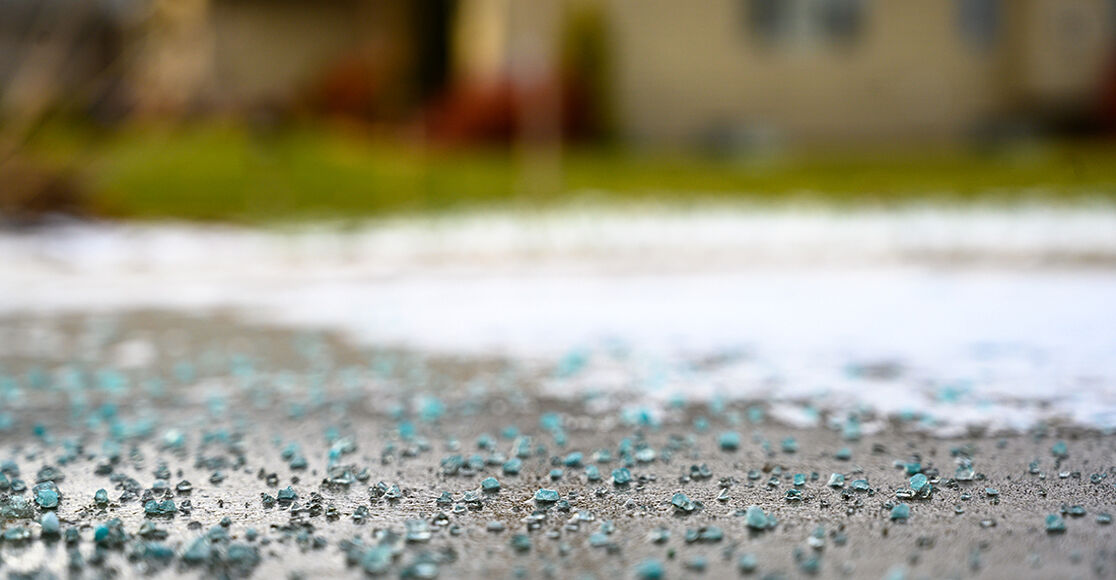Nothing says winter like freezing winds, piles of snow and ice-covered paths. And, when it comes to these conditions, you’ll want to get a handle on controlling ice sooner, rather than later. With these tips, you can learn how to melt ice without salt, to help prevent it from forming on your driveway and paths.
When it comes to your driveway and paths, early prevention is key. Snow buildup can easily turn to ice, so it’s important to grab your shovel or snow blower after each snowfall.
Once ice has formed, rock salt is typically the most common driveway ice melt method used. However, most rock salts contain chloride, which is dangerous to plants and animals. To help protect your plants and pets, you can consider homemade remedies or alternative salts. Here are some options to consider for removing ice from driveways without salt:
- Calcium magnesium acetate is a biodegradable alternative ice melter, but it loses its effectiveness around 20° F.
- Magnesium chloride for driveways is a rock salt alternative that should not damage plants if it’s not overapplied.For colder areas, it works well in subzero temperatures.
- A home remedy de-icer for driveways can be made from 1 teaspoon of dish soap, 1 tablespoon of rubbing alcohol and a ½-gallon of water mixed and poured on icy spots.
After applying these methods, you should see smaller patches of ice start to melt quickly. Thicker patches of ice take longer to melt, so after the substance begins to melt these patches, break them up and remove them with a shovel.
